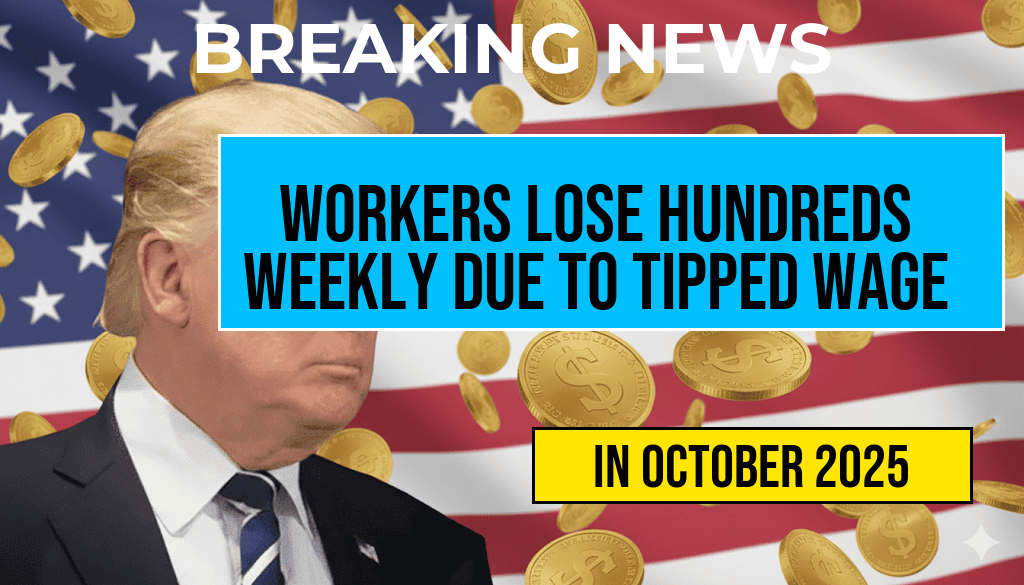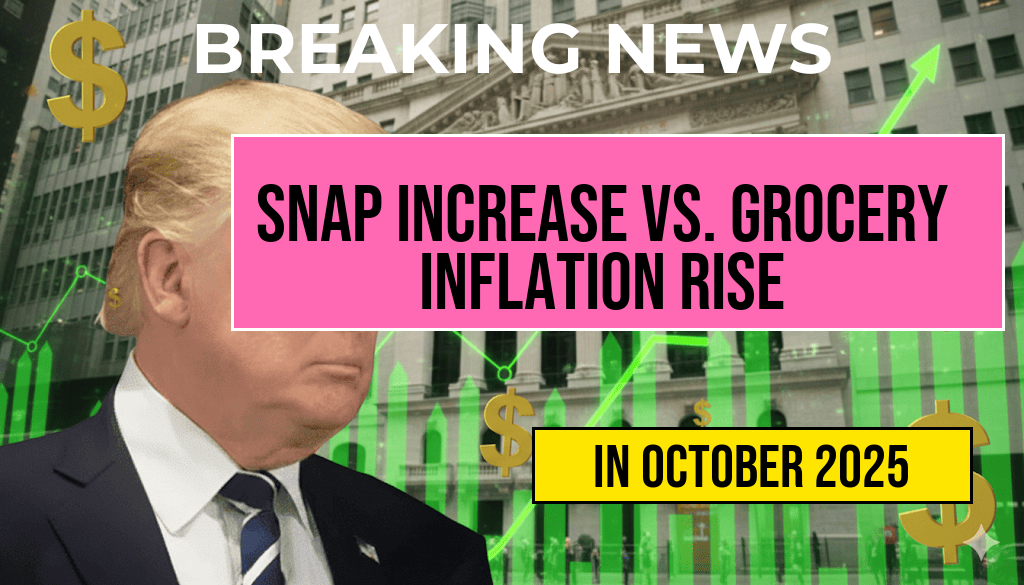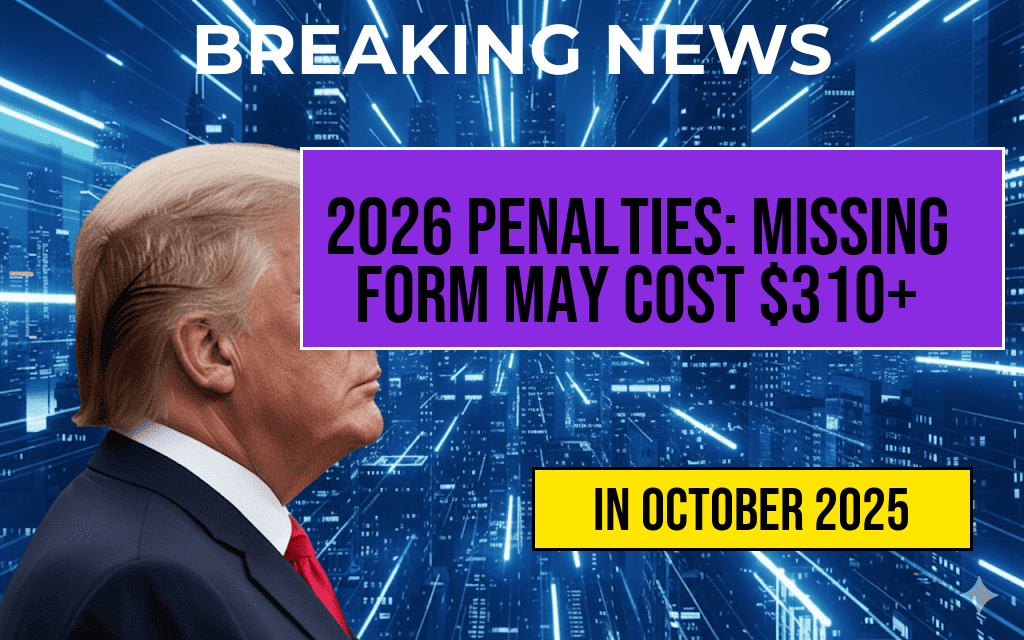Workers across the United States are raising alarms about potential losses in their weekly earnings as a recent proposal suggests that the tipped minimum wage may reach a staggering 75% by 2034. This development has sparked a heated debate among employees, employers, and policymakers regarding the future of wage structures in service industries. Advocates for workers argue that the increase in the tipped wage, which is already a contentious issue, could lead to a significant decrease in overall earnings for many employees who rely heavily on tips. As discussions unfold, both sides are weighing the implications of such a policy shift on the livelihood of millions of workers who depend on the hospitality and service sectors.
Understanding the Tipped Wage System
The tipped wage system allows employers to pay a lower minimum wage to employees in roles where tips are expected to supplement their income. Currently, the federal tipped minimum wage is set at $2.13 per hour, a figure that has not changed since 1991. As of now, many states have their own regulations regarding tipped wages, leading to a patchwork of policies across the country.
The Proposal and Its Implications
The proposal to raise the tipped minimum wage to 75% of the standard minimum wage is seen by many as a necessary reform to ensure fair compensation for workers. If implemented, this change could significantly alter the earning landscape for service workers, particularly in restaurants, bars, and hotels. Currently, workers report earning hundreds of dollars weekly in tips, which could be drastically affected by the proposed changes.
Worker Perspectives
Many workers believe that the shift towards a higher tipped wage could ultimately cost them more than it benefits them. Maria Gonzalez, a server at a popular restaurant in Chicago, shared her concerns: “I’ve seen my tips fluctuate based on seasonality and customer volume. If the tipped wage increases, it might lead to fewer tips from customers who expect to pay less.” This sentiment is echoed by numerous employees who fear that a higher base wage could create a disincentive for customers to tip generously.
Employer Concerns
Employers are also voicing their apprehensions regarding the potential impact of this wage increase. James McCarthy, owner of a chain of restaurants in New York, stated, “Raising the tipped wage could force us to increase menu prices, and that might drive customers away. We need to find a balance that works for both employees and the business.”
Economic Impact and Future Considerations
The economic implications of increasing the tipped minimum wage are far-reaching. According to a study by the Economic Policy Institute, raising the minimum wage could benefit over 1 million workers in the service industry, yet the same study warns of potential job losses as businesses adjust to new wage standards.
Potential Changes in Customer Behavior
As the debate continues, experts are analyzing how customer behavior might change in response to a higher tipped wage. If customers perceive that service workers are earning a more stable wage, they might feel less inclined to leave tips. This could lead to a culture where tipping becomes less common, further complicating the financial stability of workers.
State-Level Responses
Some states have already taken steps to address the tipped wage issue. For instance, California has eliminated the tipped wage altogether, requiring employers to pay the full minimum wage regardless of tips. This approach has garnered support from various advocacy groups, citing improved financial security for workers.
Future of Tipped Wages Across the U.S.
The future of tipped wages in the United States remains uncertain. As states consider their own regulations, the federal government may also revisit the tipped wage policy. Advocates for change argue that the current system is outdated and fails to protect workers adequately in an evolving economy. The push for a more equitable wage system reflects broader societal shifts toward fair labor practices.
| State | Tipped Wage | Notes |
|---|---|---|
| California | $15.00/hour | No separate tipped wage; full minimum wage applies. |
| New York | $10.00/hour | Higher tipped wage with specific regulations. |
| Texas | $2.13/hour | Federal tipped wage applies. |
As discussions continue, the voices of workers, employers, and policymakers will shape the future of the tipped wage system in America. The ongoing dialogue highlights the need for a comprehensive approach that considers the diverse needs of all stakeholders involved.
For more information on the economic impact of wage policies, visit Economic Policy Institute or learn about state-specific wage laws at U.S. Department of Labor.
Frequently Asked Questions
What does it mean that the tipped wage is projected to reach 75% by 2034?
The tipped wage refers to the minimum pay that workers in tipped professions, such as servers and bartenders, receive. A projected increase to 75% means that by 2034, these workers may only earn 25% of their total income from base wages, relying heavily on tips for their earnings.
How are workers currently affected by the tipped wage system?
Many workers claim they are missing out on hundreds of dollars weekly due to the current tipped wage structure. This can lead to financial instability as their base pay is significantly lower than the minimum wage, making them reliant on variable tip income.
Why is there a push to increase the tipped wage?
Advocates argue that increasing the tipped wage can help ensure that workers receive a fairer income, reduce income disparities, and provide more stability. This push is aimed at creating a more equitable workplace for those in the service industry.
What can workers do if they feel they are not earning enough due to the tipped wage?
Workers can speak to their employers about their pay structure, report any discrepancies to labor authorities, or join advocacy groups that work towards raising awareness and changing the tipped wage laws to ensure fair compensation.
How does the tipped wage impact customer service experiences?
The reliance on tips can influence how workers interact with customers, as they may feel pressured to provide exceptional service to earn more. This dynamic can create a customer service environment that prioritizes tips over consistent quality of service.








